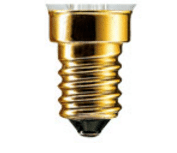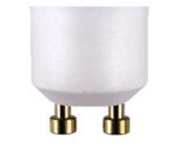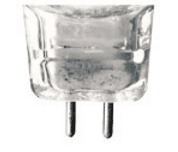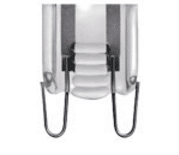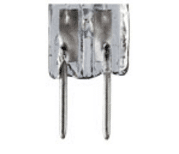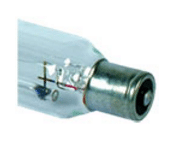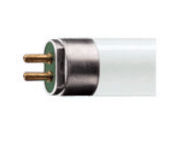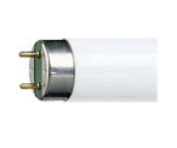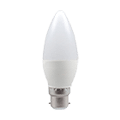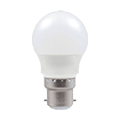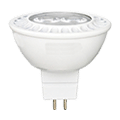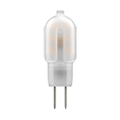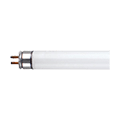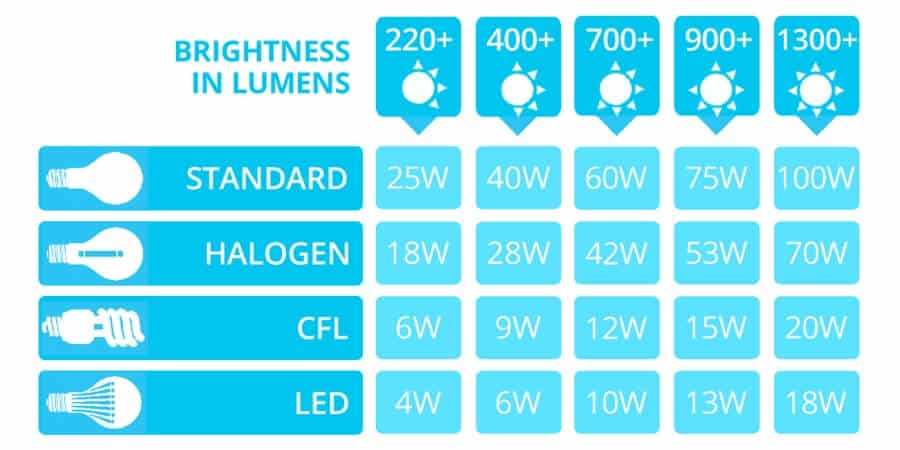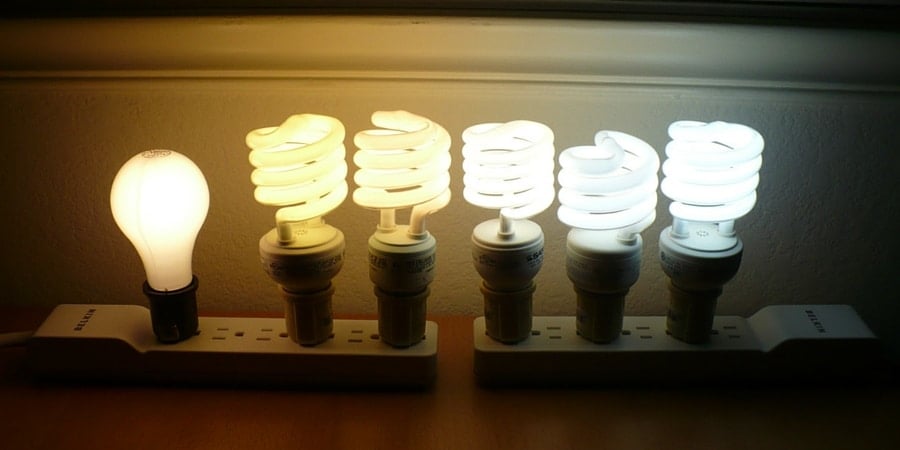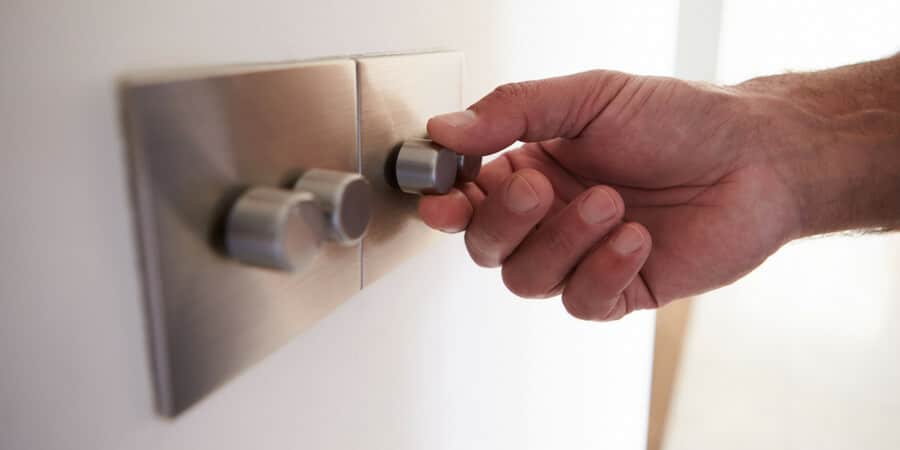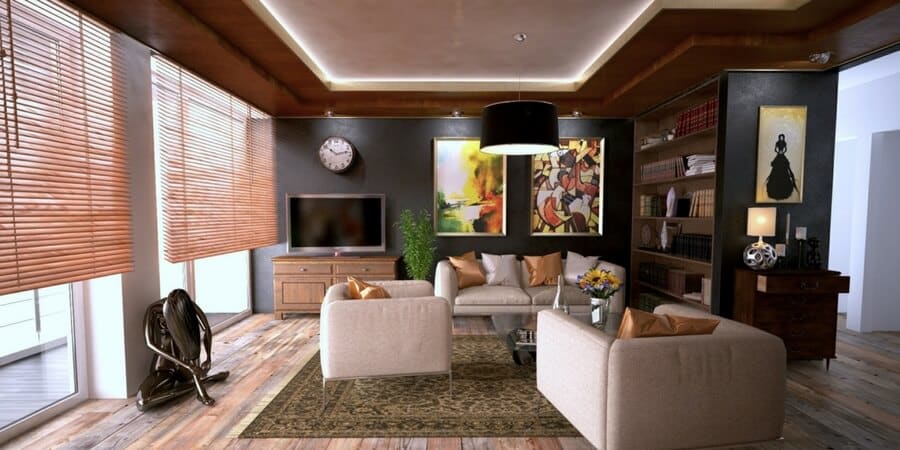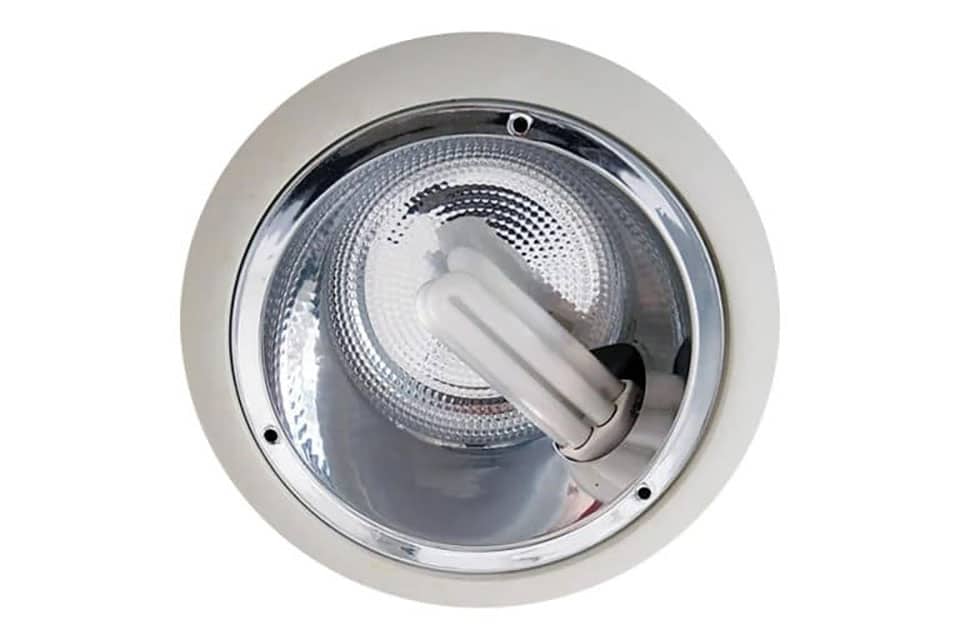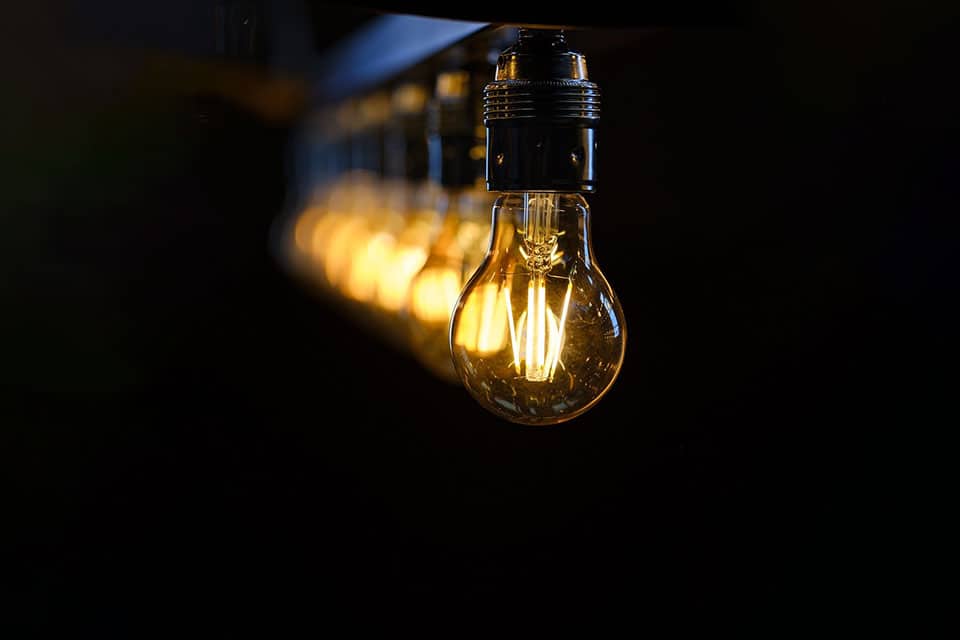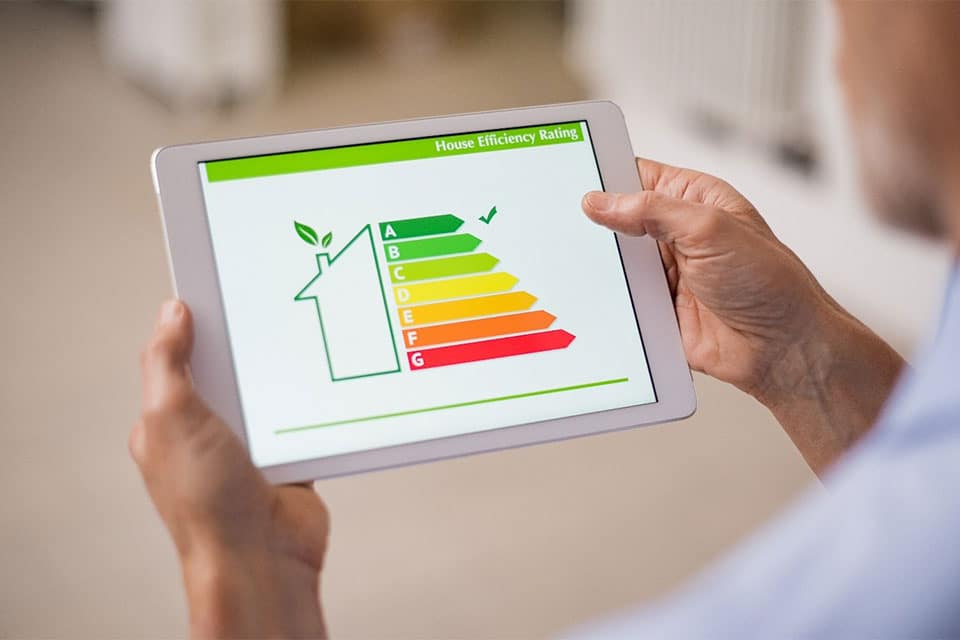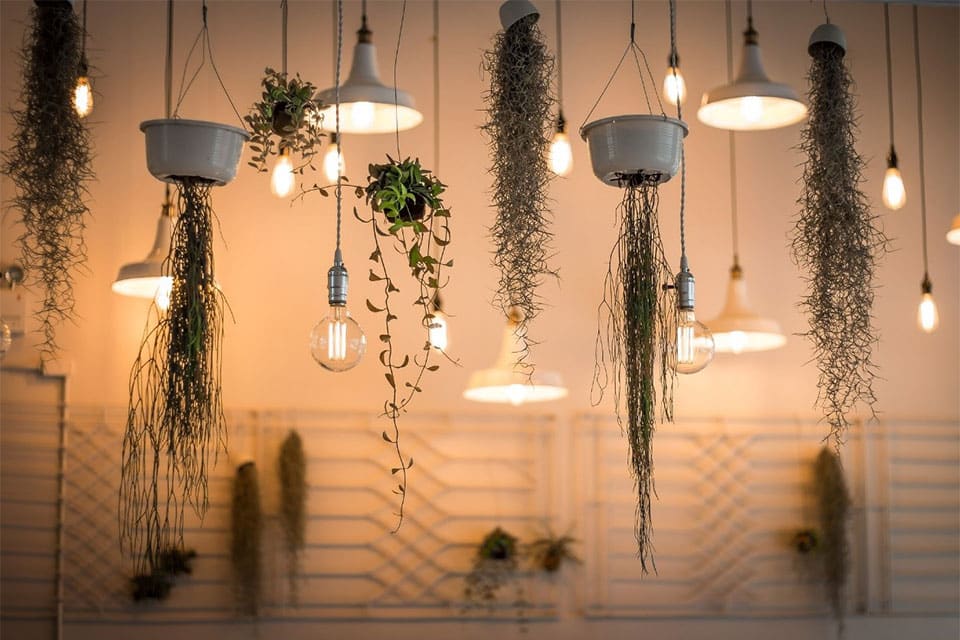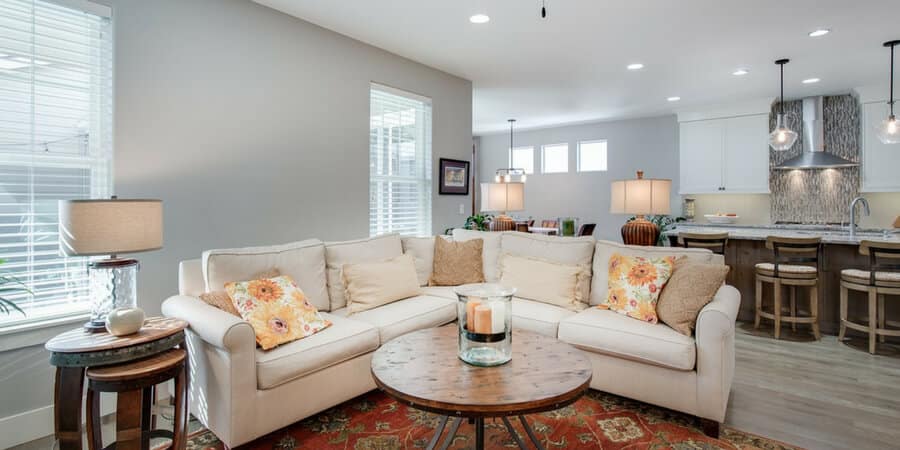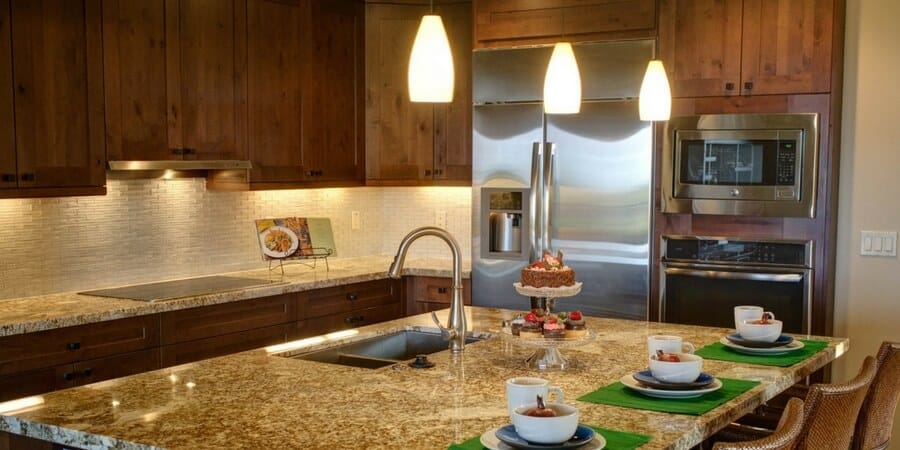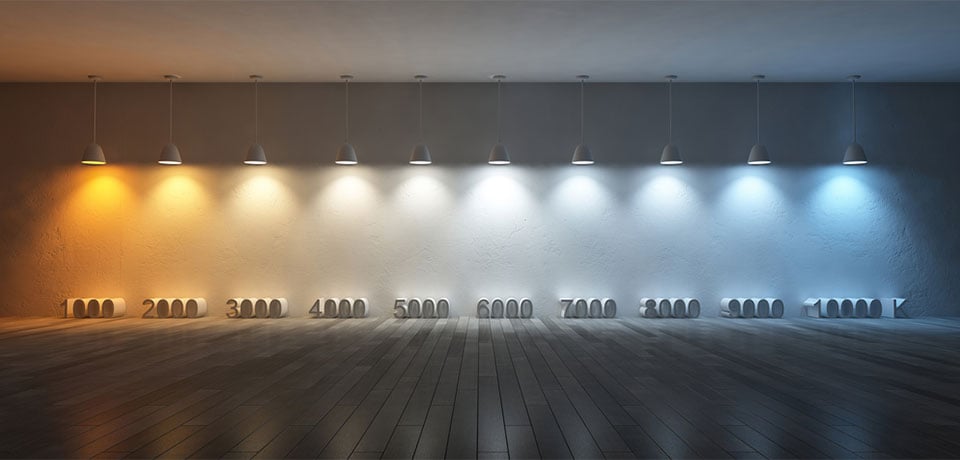Your living room is one of the most used rooms in your home. It’s also typically one of the first rooms you enter, which means it needs to be lit well while keeping both function and form in mind. Balancing these two characteristics can be tricky given the living room’s ability to act as the setting for a variety of activities, including everything from reading alone to hosting a party.
Living room lighting needs to be able to accommodate the type of living you do (or want to do) while using the room. Get started with our best living room lighting ideas:
Types of Lighting
The ultimate goal of illuminating any space is to make it suitable for how it will be used. So, before you begin, you have to ask yourself The Question:
What do you, or what will you, use the room for?
Take note of how you use the room throughout the day and make the lighting work for you. Since living rooms tend to be multi-purpose, you’ll want to layer in multiple light layers to maximize your living room lighting options, as well as your ability to easily control your lighting to match the mood.
Ambient Lighting
Ambient or general lighting provides an overall (or general) level of illumination throughout a room. Usually, ambient lighting is provided by the first light switch you turn on upon entering a room, and it’s the light that stays on the longest, so it’s the perfect place to make use of energy efficient LED light bulbs. To build the ambient light, try these living room lighting ideas:
- Create an even layer of ambient lighting in your living room using a large centralized ceiling fitting such as a stylish chandelier or pendant lamp, track lighting or recessed lamps, or floor lamps.
- When using multiple sources of light, space them out evenly to avoid creating bright pools and harsh shadows. Opaque lamp shades and frosted glass fixtures can also help even out lighting levels.
- If you use your living room for entertaining, ambient will be the most important type of lighting for you. Use warm coloured, dimmable light bulbs to create a welcoming environment that makes your guests feel relaxed and encourages conversation.
Task Lighting
Task lighting creates a focused, bright light that allows you to easily see what you are looking at while helping to reduce eye strain. It’s vital for avid readers and anyone who utilizes their living rooms for crafts, puzzles, and other detail-oriented activities. Here are three things to keep in mind when planning task lighting for your living room:
- Lights that can be adjusted in terms of brightness and position are the most useful sources of task lighting, such as reading or task lamps with dimming options or 3 step dimming bulbs. These lights keep you from getting stuck in a single position and allow you to lower the light level in the evening.
- A light bulb with a cooler correlated colour temperature will serve you well in a task lamp, as it helps keep you alert.
- Place task lights at desks, tables used for work or hobbies, and beside favourite reading chairs.
Accent Lighting
Accent lighting helps you create more visual interest and accentuate important aspects of your living room. Use it to highlight artwork, architectural details like texture or moulding, and other important items you may want to emphasize or display. It can also be used to help decorate your space.
- To get the greatest impact from accent lighting, make sure it is 3 to 5 times brighter than the ambient lighting in the room, but don’t overdo it by emphasizing everything. Some art pieces don’t require highlighting, or would benefit from a softer light level.
- Use rope lights or LED strips in display cases and on bookshelves to subtly highlight a collection of items, or string fairy lights around indoor plants to create soft pockets of lighting and an enchanting atmosphere.
LEARN MORE ABOUT THE DIFFERENT TYPES OF LIGHTING
Fixtures & Layering
Now that you know what types of lighting to incorporate, it’s important to layer them in at different levels to fully illuminate the space and create lots of options for the variety of activities that take place in your living room.
Personal preference and current trends often dictate what type of fixtures you will select. There are a few things to keep in mind though, to keep things functional and provide proper lighting levels. Think of your living room as having three layers:
- Top – Primarily the arena of ambient lighting, the top level of your living room will include ceiling fixtures such as recessed or track lighting, fan lights, chandeliers, or, if you have decorative aspects to your ceiling that allow hidden lighting features, LED strips. In a living room, this level should have bright-but-dimmable lighting. The top section may be difficult to access without a ladder, and will therefore require more permanent lighting solutions because of how fixtures need to be mounted. We recommend using long-lasting light bulbs such as LEDs and classic fixture styles that will endure.
- Middle – Ambient, accent, and task lighting can all be used here. This is the realm of sconces and pendant lamps. Lighting at this level can act as task lighting, accent lighting to draw attention to details or artwork both above and below it, or even be part of the detail itself. Lights placed in the middle zone should be shielded with a lamp shade or fixture cover since they tend to sit around eye level.
- Bottom – By this point, the ambient lighting in your room should be mostly taken care of, but if you are unsatisfied with the level of ambient lighting available and you aren’t interested in renovating your living room, you can use the bottom section to fill out your lighting and get rid of unwanted shadows. Primarily though, the focus at this layer should be on task lighting. Floor and reading lamps are easy to rearrange and position, making them ideal for task lighting and adding personality to your living room lighting. And as the easiest-to-access layer, this is the best place to try out trends.
Read the rest of our Room-by-Room Guide to Lighting your Home for more lighting tips and expert advice for lighting every space.





